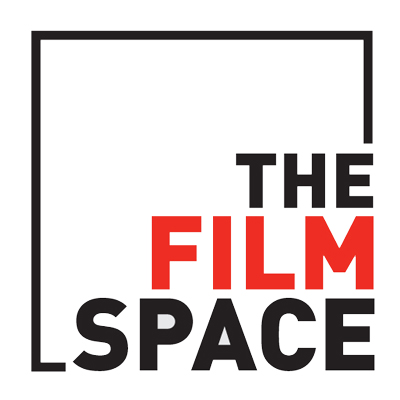Transforming a Text
Using digital camcorders and editing software, groups of participants produced their own moving image transformation. Working with a given poem, visual image and a selection of music soundtrack options, pre- production, production and post-production activity were completed within the two hours. - Martin Phillips
Transformation & Appropriation
Using examples from music video, advertising and poem films, this session considered the ways in which digital technology encourages experimentation with textual forms and blurs the edges between genres. Taking the notion of mood or tone as a starting point, participants explored ways in which montage operates across a variety of texts. Some practical outcomes from the classroom were presented for analysis and discussion and the classroom contexts in which they were produced were examined. - Martin Phillips
Reading and Editing Film Trailers
The Primary Framework for Literacy recommends the analysis of film trailers as persuasive texts. In a short space of time, a trailer can establish genre, mood and atmosphere and give suggestion of character, plot and key themes.
Film trailers are ideal moving image texts for primary literacy, as they can be watched in one sitting and read as a whole. The power of editing, sound and language combine in a trailer to excite and influence audiences. Trailers are narrative constructs as well as persuasive texts. - Julie Green
Primary Picturacy
Based on Anthony Minghella’s concept of the ‘film sentence’, this workshop took the ‘word, sentence, text’ approach to Primary Literacy further by exploring the relationship between shot, sequence and text on film. Key film concepts such as sound, light, colour and most significantly, the importance of editing were explored in order to develop a greater understanding of the cultural significance of story on film in the digital age. Delegates worked on laptops to actively deconstruct film extracts. - Julie Green
PICTURACY® – Film Narrative and the Primary Framework
Film is embedded in the new Primary Framework for Literacy where emphasis is placed on visual literacy and on- screen texts. Film Education’s Picturacy® series takes the ‘word, sentence’ text’ approach to literacy further by exploring the relationship between shot, sequence and text on film. - Julie Green
Montage - The Hidden Language of Film
In the years between the Russian Revolution and the rise of Stalin, Soviet filmmakers invented radical new ways of using film. They explored how images could be combined and contrasted to get ideas across, and how the rhythm and pace of editing and the use of music could stir emotions. The montage techniques they developed offer exciting and creative opportunities for students to explore the relationships between picture, sound and editing. This session looked at the principles of Soviet montage, how these ideas are still used today, and how children can use montage in their own filmmaking. - Tom Barrance
Media Education & English
Although we know that visual and moving image texts can support and extend students' creative, analytical and argument-forming skills, it's often hard for over-stretched classroom teachers to find the time, energy and resources to combine engaging material with active media literacy strategies. This workshop will explore the relationship between reading and writing media, using innovative software programmes. PicturePower and MoviePower are designed to offer user-friendly whole-class approaches to media concepts and analysis, focusing on the role of editing in constructing meaning, and the development of writing and editing skills. Participants will explore hands-on the cross-curricular potential of these manageable one-stop resources, using stills, moving image extracts, soundtracks, sound recording and editing options to deconstruct and write in a variety of topics and genres, from advertising copy to environmental campaign, video poem to news items to music video. - Jenny Grahame
Just an Image
Jean-Luc Godard’s famous maxim, ‘Ce n’est pas une image juste, c'est juste une image’ was the starting point for this workshop. Why do we make images? Who for? How do we read images and how do we learn to do it? What images are truthful? Looking at images from Prehistory to Potemkin, from Potter to Picasso, we attempted to draw parallels between all areas of visual expression: fine art, photography and film. We explored the underlying values implicit in all visual images and learned to appreciate the modes in which meaning is constructed in all visual media. The workshop focused on ways in which students can develop skills in the interpretation and the construction of visual meaning within the digital environment. - Ian Wall
Image, Text and Sound
This session built on some of the ideas of montage which were outlined in my Critical workshop, Montage – The Hidden Language of Film. In particular, we looked at the concept of ‘vertical montage’. - Tom Barrance
Subscribe to Our Newsletter!
Receive updates about our latest resources
